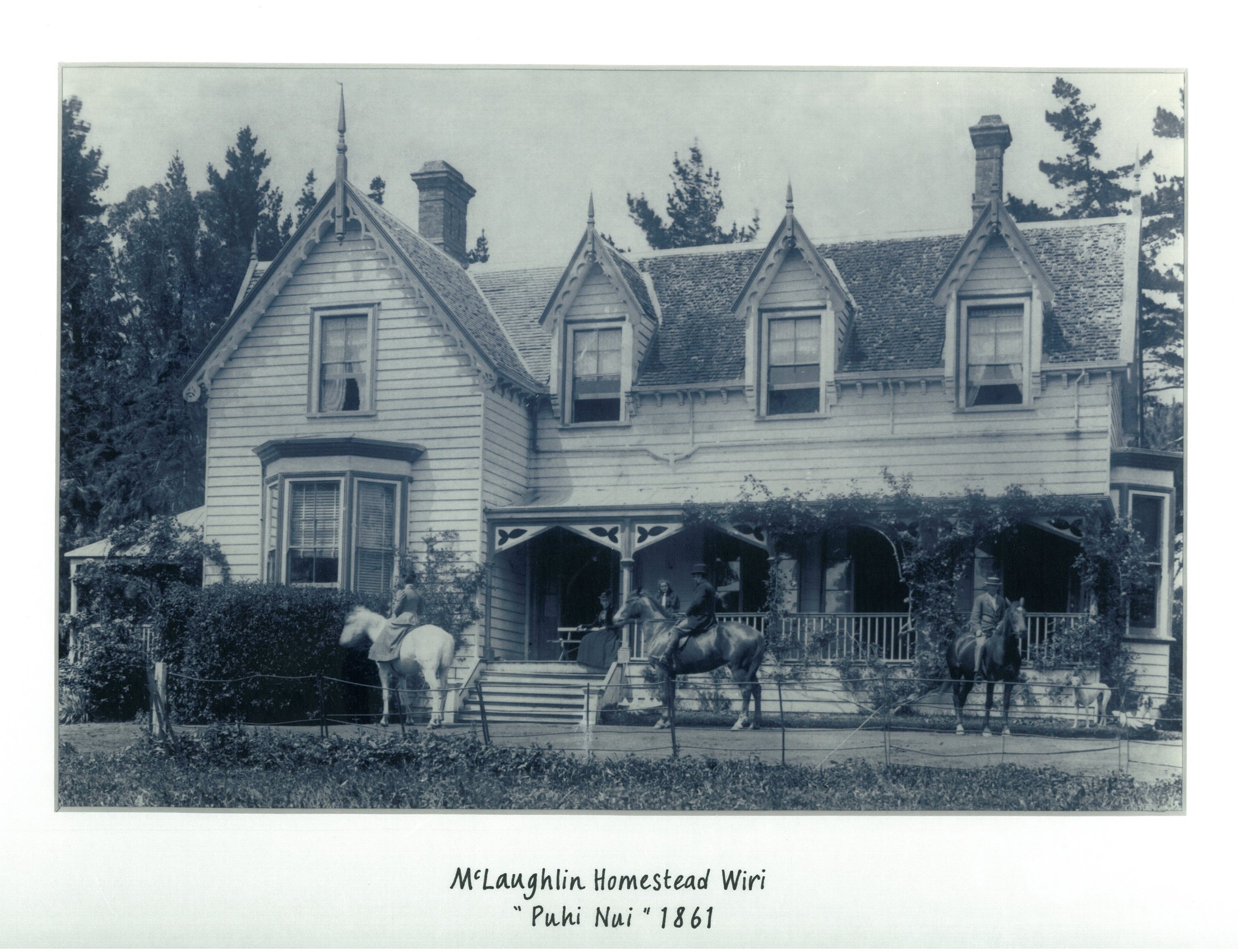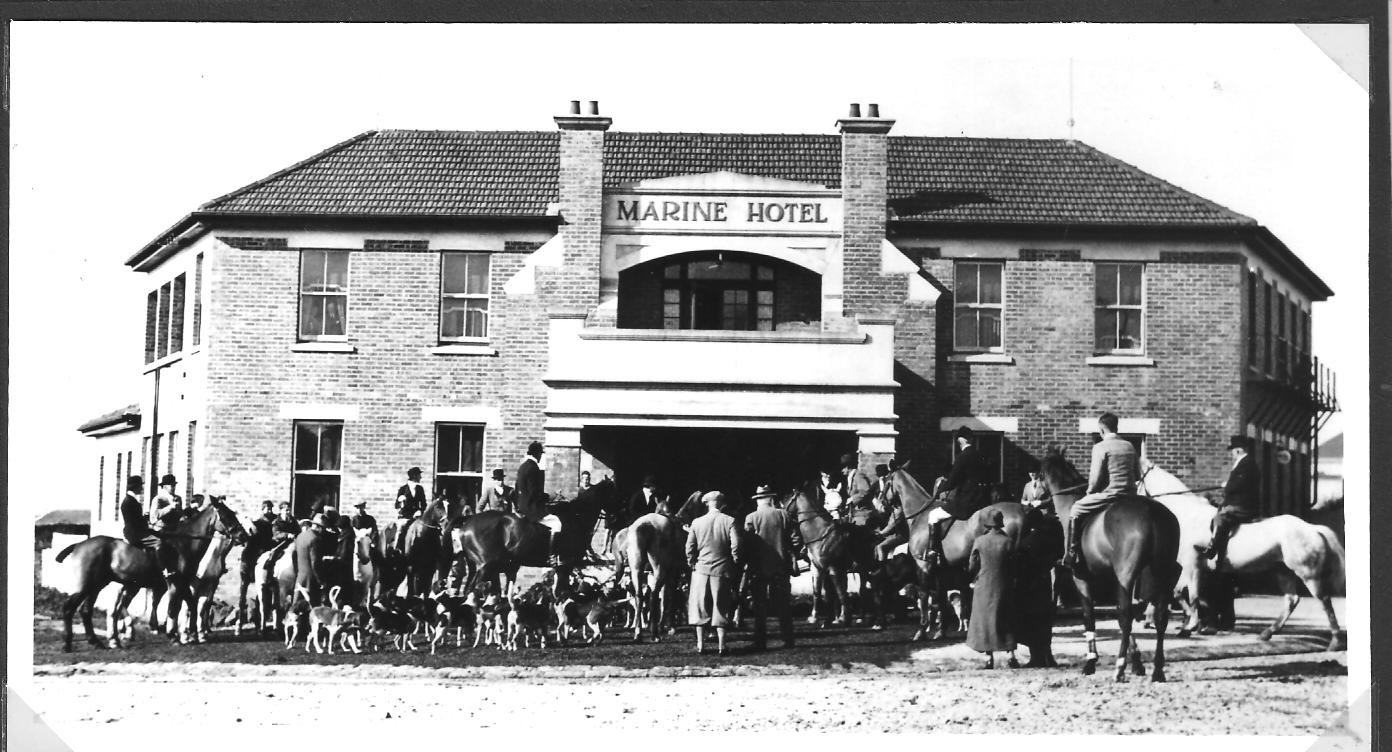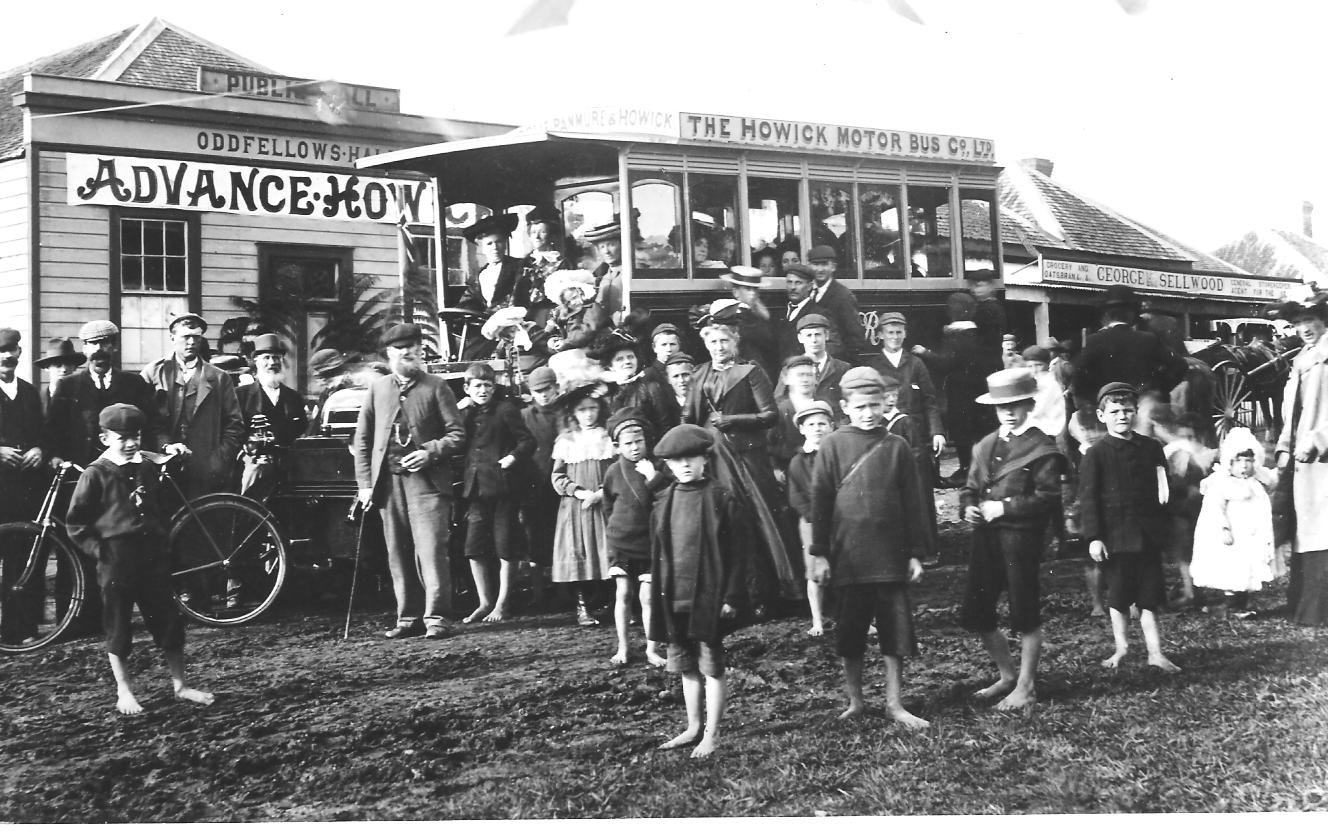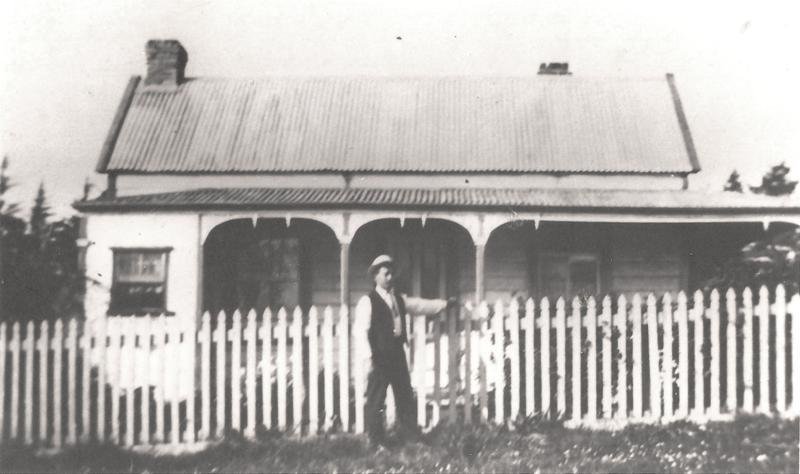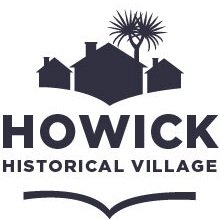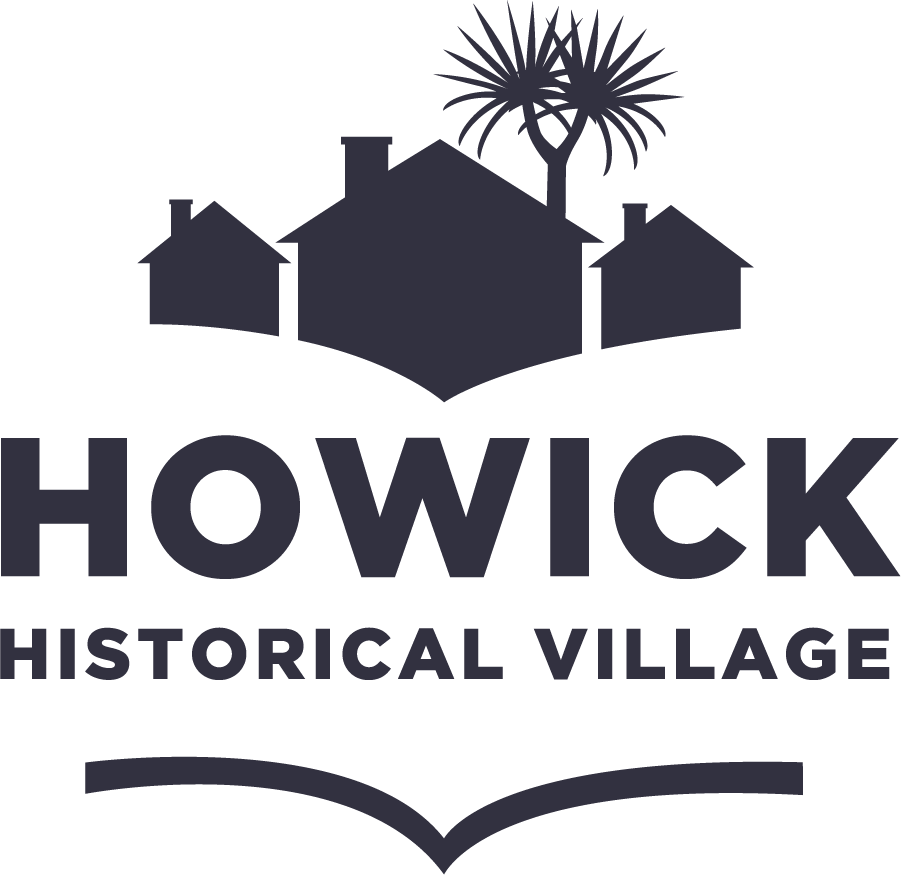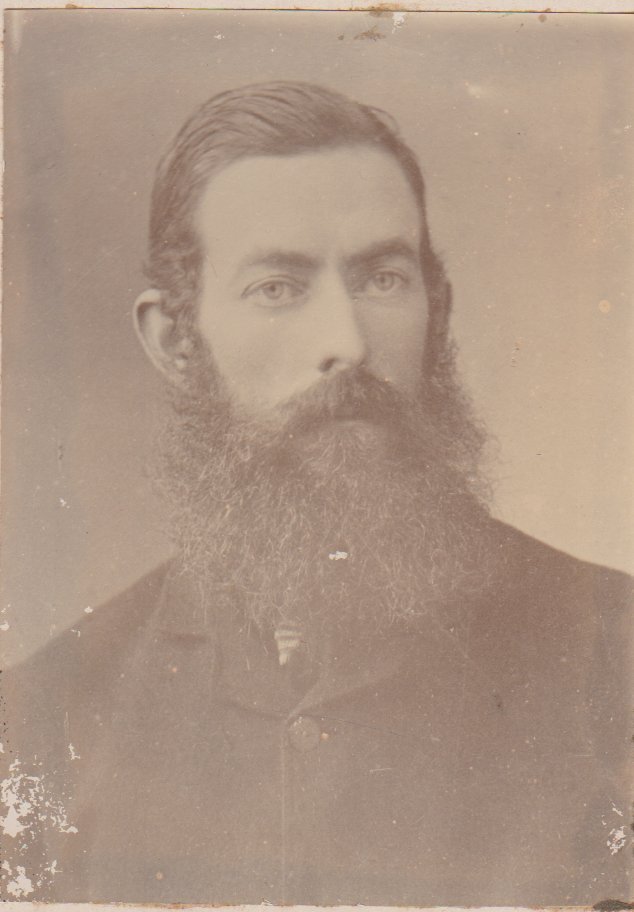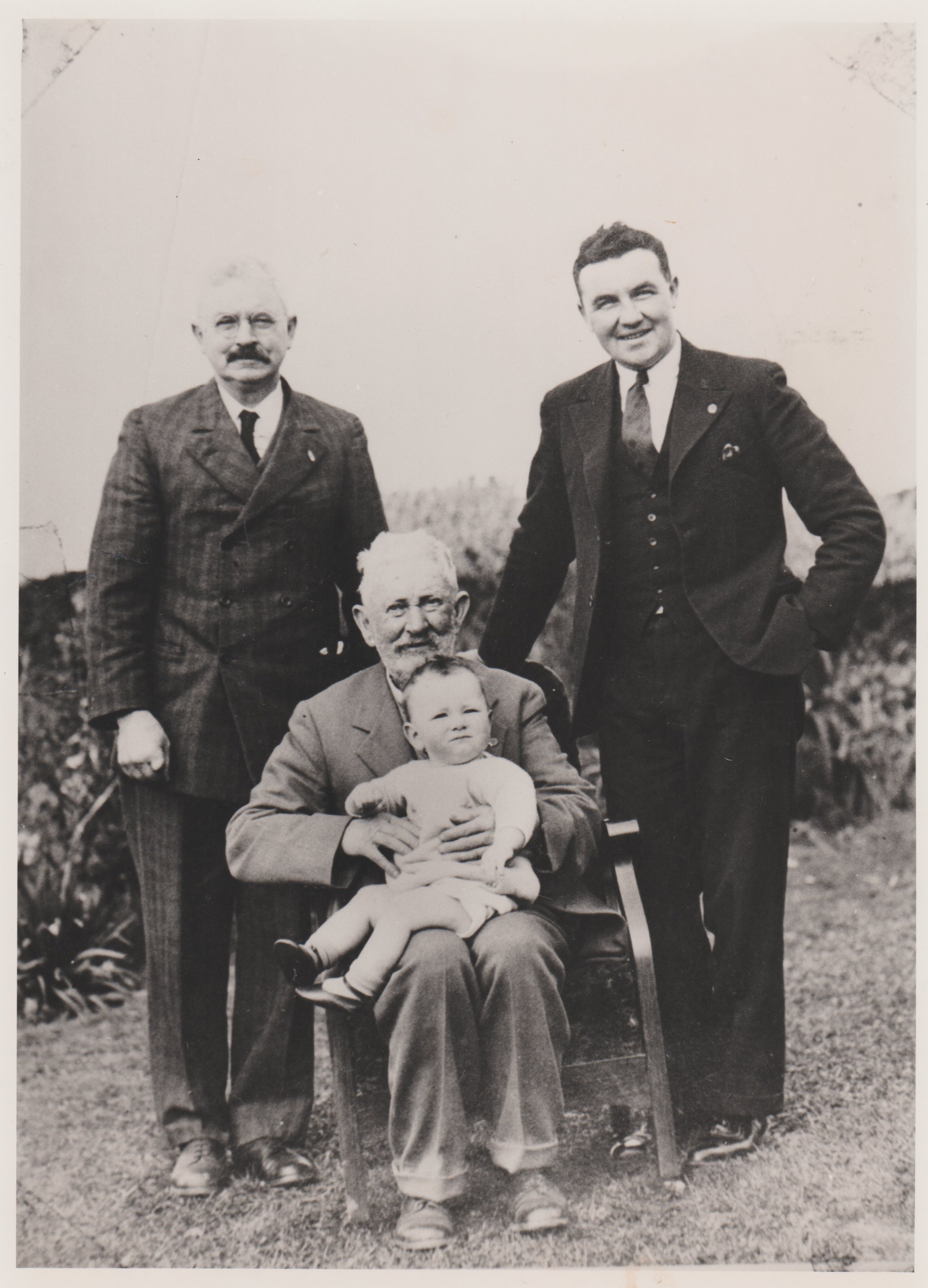
The Fencible Story
The History that inspired our Museum
The East Auckland suburbs of Pakuranga and Howick developed slowly on land formerly occupied by Ngāi Tai. European settlement began in 1847 when three companies of the Royal New Zealand Fencibles were assigned to a defence post. They were retired soldiers enlisted to serve for seven years in exchange for a cottage and an acre of land. Howick was the largest of the Fencible settlements, with 804 people in three companies in 1848.
Fencible comes from the word “defencible” meaning “capable of defence”. The Fencibles had served in the wars of Britain in the 1830s and 1840s. To emigrate to NZ under the Fencible scheme, retired soldiers were required to be under 48 years of age and of ‘good character and industrious habits.’.
These soldier-settlers were offered free passage to New Zealand with their wives and families, a cottage and an acre of land. Providing they performed certain military duties – including compulsory church parade on Sundays – their cottage and acre would be theirs after a seven-year term of service. They received a small pension and were required to find gainful employment in addition to their ‘fencible’ occupation.
Between 1847-1854, eleven ships brought the 2,500 Fencibles and their families, which nearly doubled the population of Auckland at that time. Other Fencible villages were at Panmure, Otahuhu, and Onehunga.
All this history and more have been captured and brought to life at the Howick Historical Village. Dedicated to historical accuracy, there is so much to see and learn!
These biographies cover just a few of the 2,500 Fencibles and family members who travelled from the United Kingdom to New Zealand between 1847 and 1852, settling in one of four specially chosen locations around Auckland: Howick, Panmure, Otahuhu, and Onehunga.
-
Thomas Heath
Sailed on Sir George Seymour, arrived on 26 November 1847.
Born in England in 1815, Thomas enlisted in the Royal Marines and was stationed on the Hastings. During active service off the coast of Syria in 1840, he was wounded and received a medal for his valour.
In February of 1847, he married Mary Jane Bartlett, and the two embarked on the ship Sir George Seymour, which Mary Jane later recounted had been held hostage by pirates off the African coast. The captain had the Fencibles parade on deck to show their military strength, and the ship was allowed to proceed. Unbeknownst to the passengers, the ship was carrying gold bullion to pay the British Troops in New Zealand!
The Heaths settled in Howick and raised seven children. Thomas was the last of the original Fencibles when he died in 1902.
-
James White
Arrived via the Minerva on 8 October 1847
Born in 1806 in Messina, Sicily, James enlisted with the Royal Artillery for just over 21 years and received two good conduct medals. Once settled in Howick, James established himself as one of the more prominent Fencibles: a leader with clear, at times oppositional, opinions that he was only too happy to share. After arriving in New Zealand, he became Postmaster of Howick district, an unpaid position. To better support his family, he merged it into a general store, which is on display in the Howick Historical Village.
From early on, James vociferously supported the Fencibles and pensioners in their struggles to gain a foothold in their new home. In January 1848, only months after their arrival and temporary storage in sheds on the beach, he said the Fencible families “were stowed away like herrings in a barrel, in a building which was called a shed and which would have been called a pigsty in the old world.” He sent a petition to the Governor in November 1848 outlining the conditions in which most families were living and continued to agitate to improve their situation. In 1853 James helped organise subscriptions for two Fencible families that lost their homes due to fire. In 1867, he set up the 20th reunion for Fencible families.
During his lifetime he held various positions in the community, most notably as Town Clerk for 17 years. James died in Howick from cancer at the age of 76.
-

Benjamin Lewis
Sailed on Sir Robert Peel, arrived 4 January 1847.
Born in 1800 in Ireland, Benjamin enlisted at the age of 20 and served time in India, where he married his wife, Jane, in Bangalore. They arrived with their three children and were given the site on a Crown Land grant where Benjamin opened the Royal Hotel on 28th July 1848. Their hotel was known as ‘The Honeymoon Hotel’ and became a desirable destination for Auckland couples to holiday. It is now known as Shamrock Cottage.
Benjamin and his wife ran the hotel quite successfully. Reverend Lush wryly notes in his diary of the “well filled pocket of Lewis the publican.”
Photo: Shamrock Cottage, c1930; 2018.039.39
-
Departed from London, sailed on the Inchinnan, and arrived on 27 May 1852.
Born in 1806, he served as a Private in the East India Company for 17 years until his discharge with an injured knee.
A weaver by trade, Henry, and his wife Mary Lancaster, arrived with their two England-born children and welcomed two more born in Howick.
Henry built a cottage on Drake Street, which was later moved to the Howick Historical Village in 1977. Henry died in 1873 and Mary in 1888.
Henry's son, also named Henry, was a keen artist and dairy farmer in the Waikato. Albert Brindle, his son, worked on their farm until he enlisted in the New Zealand Field Artillery in World War l. He returned to work as an engineer in Whanganui.
-
Departed from Glasgow, sailed on the Sir Robert Sale, arrived 11 October 1847.
Born in 1801 on the Isle of Skye, Lachlan served 23 years in total, including seven years at the Cape of Good Hope, for which he received two medals. He and his wife, Nancy, brought their children Ann (19), Bridget (17), and Thomas (5) with them and settled in Howick. He was a skilled carpenter and helped with many buildings in and around Howick. Lachlan McInnes's carpentry workshop is now located in Howick Historical Village.
His son, Thomas McInnes, purchased the Royal Hotel from the Lewis family in 1867 and opened a pub called 'The Thistle and Shamrock'.
The McInnes name is remembered on McInnes Corner at the junction of Selwyn and Picton Streets in Howick.
-
Departed from Galway Bay, sailed on the Clifton
Born in 1805 in Roscommon, Ireland, Thomas joined the 51st King’s Own Yorkshire Light infantry Regiment at 18, and served 22 years. He and his wife, Bridget Comerford, and their sons William and John were stationed in Van Diemen’s Land (Tasmania), where three more sons, James, Thomas, and George, were all born.
They returned to Ireland in 1846 where he was discharged as “unfit suffering from chronic rheumatism and impaired health.” He was aged 45.
The following year the family left Ireland for Panmure where they had a double-unit cottage on Jellicoe Road, which is now in the Howick Historical Village. In Panmure, they had two more children, Maria and Ellen. Thomas died in 1884 in Panmure, and Bridget ten years later.
-
Sailed on the Clifton, arrived 23 January 1848.
Delia was born in 1821 and eventually practised as a midwife in Panmure. As was necessary for Fencible wives who had no ownership over property or pension, Delia married three times, after the deaths of her first two husbands.
Her first husband was James Finnerty, a blacksmith born in 1804 who died in 1857 of consumption (tuberculosis) in Panmure. Delia later married Thomas Naughton, a widower in Howick who died in 1863, leaving her pregnant with six young children to raise. In 1867, she married George Thomas, with whom she had two young sons.
Under the original terms of the agreement for Fencible enlistment, widows lost their husband’s pensions and cottage entitlements on the death of their husbands, literally leaving women and children out on the street.
Although the widow could remain in the cottage until another Fencible arrived, they were expected to move on quickly. As such, remarriage was common and expected. Widows were offered free passage back home with their children, but no windows are recorded as having returned to Britain. Sweetly, upon Delia’s death, she was buried beside James, her first husband, in St. Patrick’s Cemetery, Panmure.
-
Departed from Hobart and arrived 1848.
Pearce was born in 1801 in Carlow, Ireland. He enlisted in the 51st Regiment at 16 years of age and was stationed in Hobart in Van Diemen’s Land, now Tasmania. In 1837, Patrick married Mary Ann Allen who was born in Belfast Ireland. They had six children, two of whom were born in Howick.
Patrick was a schoolmaster in Howick for a brief time and accompanied singing in church on his flute. He died in 1861, aged 59 years.
Their first-born daughter, Rhoda White (pictured above), was born in Kent, England in 1838 and died in Howick in 1934 at 97. She was the last remaining link to the original Fencibles.
-
Sailed on the Berhampore, arrived 18 June 1849.
Henry was born in 1804 in the county of Tipperary in Ireland and grew up on a small farm. Before Brierly enlisted, he was a shoemaker. Brierly joined the 49th Regiment and served 21 years, first in Spain, then Cape Town, followed by 12 years in India and Afghanistan, and finally two years in China.
In 1829 at the age of 25, he married County Cork-born Catherine Connell, 14, whose father had also been a Sergeant in the 49th Regiment. Both her mother and father had died of the plague, and Catherine was orphaned in India. Although so young, marrying Sgt. Brierly provided her protection.
When they embarked on the Berhampore ship they had four children, and three more were born in New Zealand. They lived in Henry's allotment in Onehunga, and he also owned 60 acres in the Maraetai area.
He died at Onehunga in 1890 at 86 years old.
-
Sailed on the Oriental Queen, arrived on 18 September 1849.
Born in 1805 in Hailsham, England, he enlisted and served for almost 24 years as a gunner and driver for the 3rd Battalion Royal Artillery. He married Mary Ann Daniels, and their four children were born in England.
The two younger sons, James and Joseph, started a well-known photography studio in Thames from 1872 until 1909, when the studio was moved to Eden Terrace, Auckland. Known as the Foy Brothers, they produced remarkable images of the residents and landscapes in and around early Auckland and Waikato. The Auckland Art Gallery has a strong collection of historically important photographs.
James worked as a cabinet maker and carpenter in Onehunga until his death in Thames in 1883, outliving Mary Ann by one year. Their graves are located in Shortland Cemetery, Thames.
-
Sailed on the Minerva, arrived 8 October 1847.
Born in 1812 in Gloucestershire, England, James enlisted in the Royal Marines at age 18. He was 5 feet 8 inches (1.72m) and had hazel eyes, brown hair, and a fresh complexion. He served three years and then was tried for deserting in 1833.
He re-enlisted for another 15 years before marrying Isabella Newell who sailed with him to New Zealand along with her children from a previous marriage and an abandoned child, Charles Geraghty, who they adopted. James drowned in 1848, shortly after arriving in New Zealand.
Isabella then married Owen Lynch following the death of his wife Catherine, and the families were blended. They ran the Howick Arms Pub with great success, selling liquor from as early as 6 o'clock in the morning to 10 o'clock at night. The Howick Arms pub is now located in the Howick Historical Village.
-
Sailed on the Oriental Queen, arrived 18 September 1849.
Born in 1804 in Dublin, Patrick studied art at the Royal Academy of Dublin. At 19 years old, he enlisted and served in the East India Company and then the 13th Co. of the Royal Sappers and Miners (now known as the Corps of Royal Engineers). Two of his works on paper are currently in the Royal Trust Collection, Windsor Castle. Both were produced during his posting at Windsor with the 13th Co. The drawings from 1845 and 1843, respectively, depict two different oak trees from within Windsor Gardens, one selected by Queen Victoria (shown here), and the other chosen by Queen Adelaide.
In 1827 he married Martha Allen (1805-1856), and in 1849 they sailed with their five children for New Zealand. By this time, the conditions for enlisting had changed, and Hogan was required to pay for the passage and rations for his children, unlike earlier Fencibles whose families were given free passage.
On arrival, they went to Onehunga. As a skilled artist who painted many scenes of Auckland (one shown here), Patrick taught art at the recently established Auckland Mechanics Institute. He also worked as a draughtsman and surveyor in Auckland with the well-known artist Charles Heaphy.
Martha died of consumption in 1856, and in 1858 he moved to Sydney, where he remarried twice before dying in 1878.





